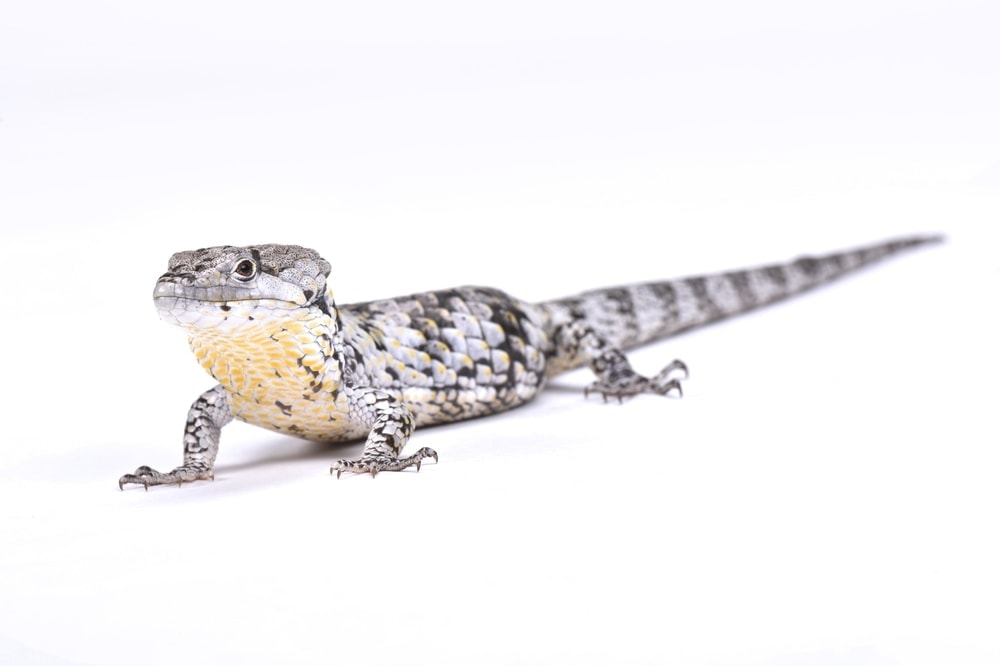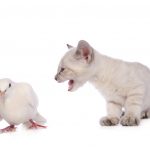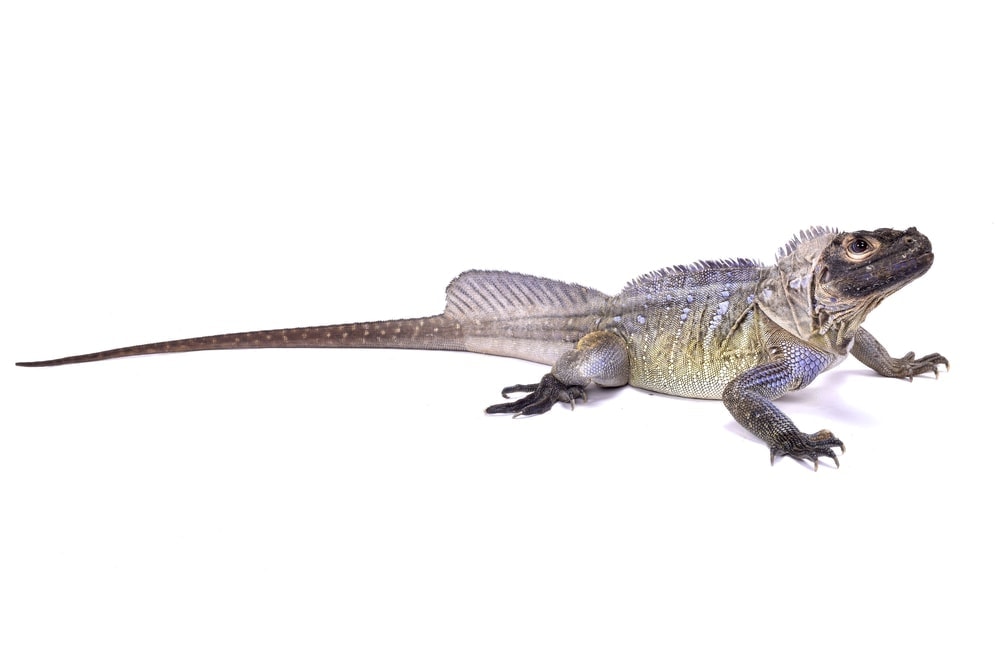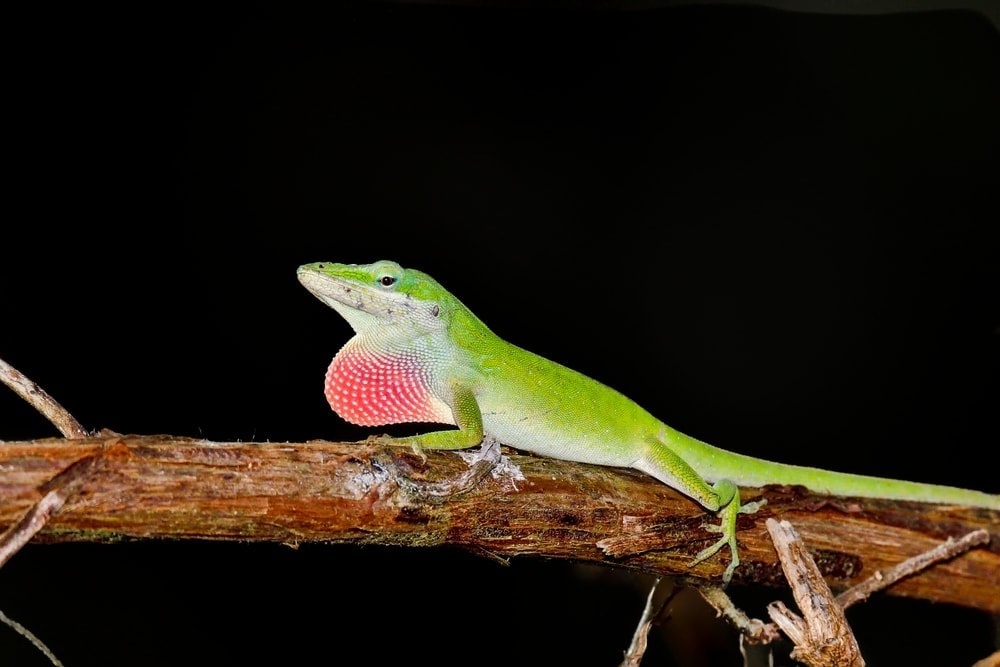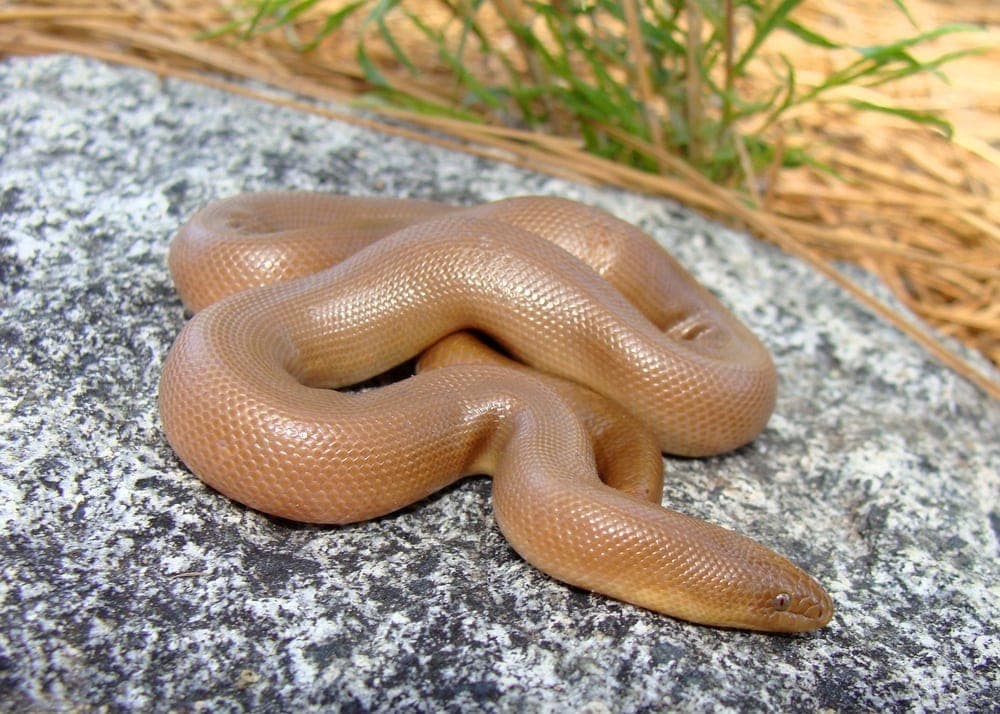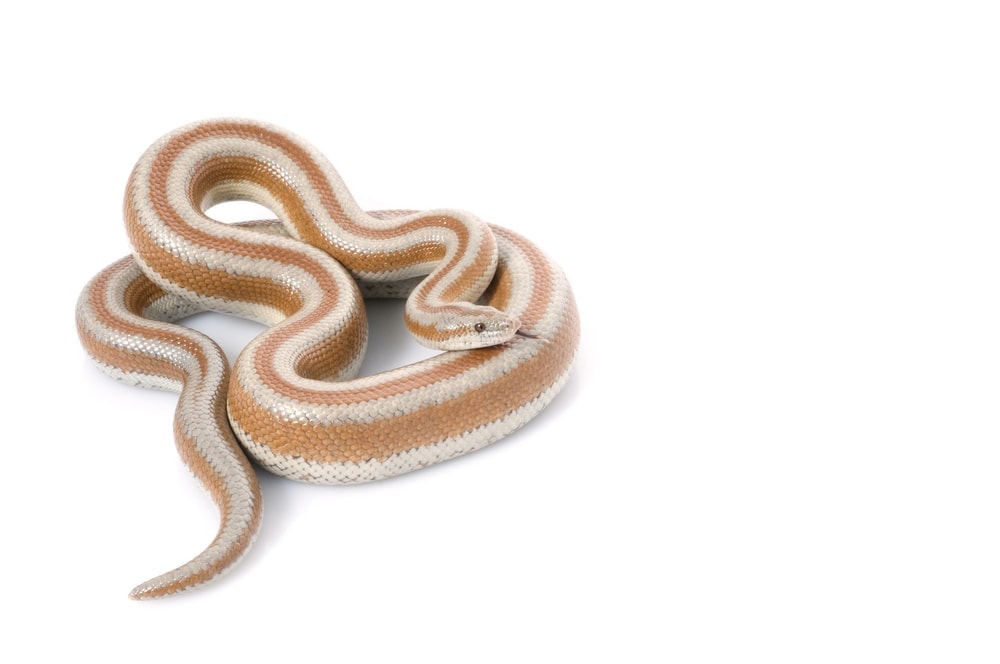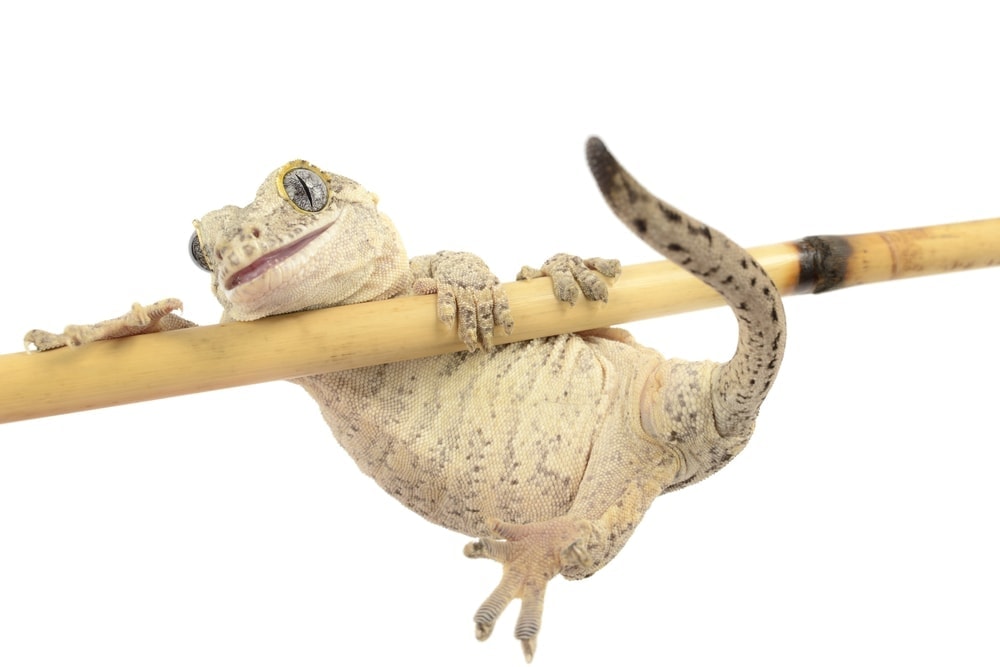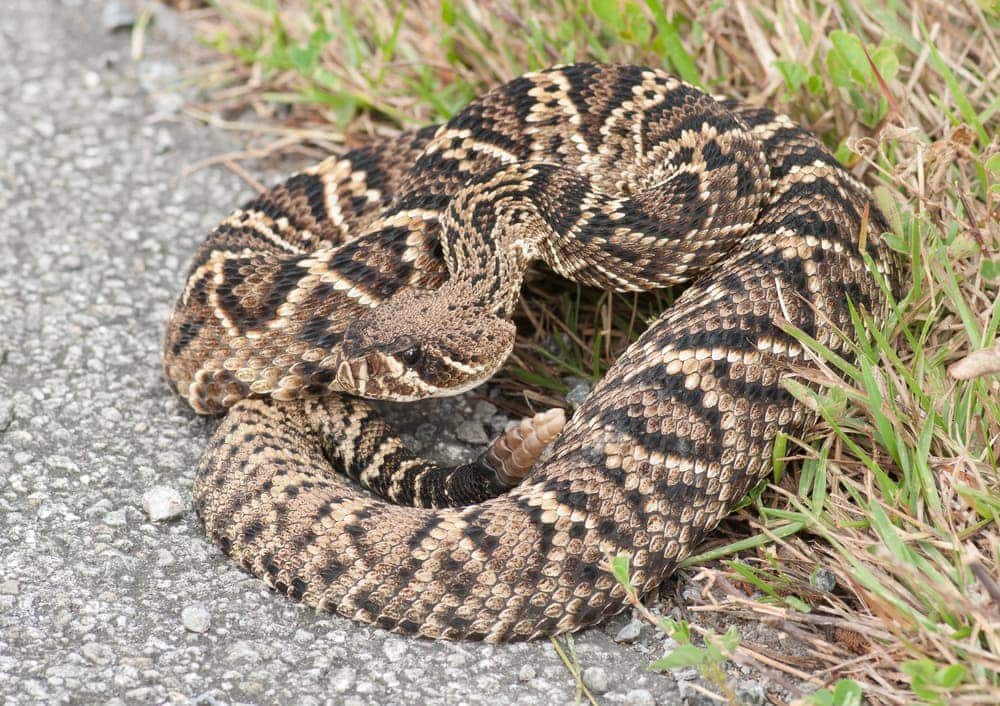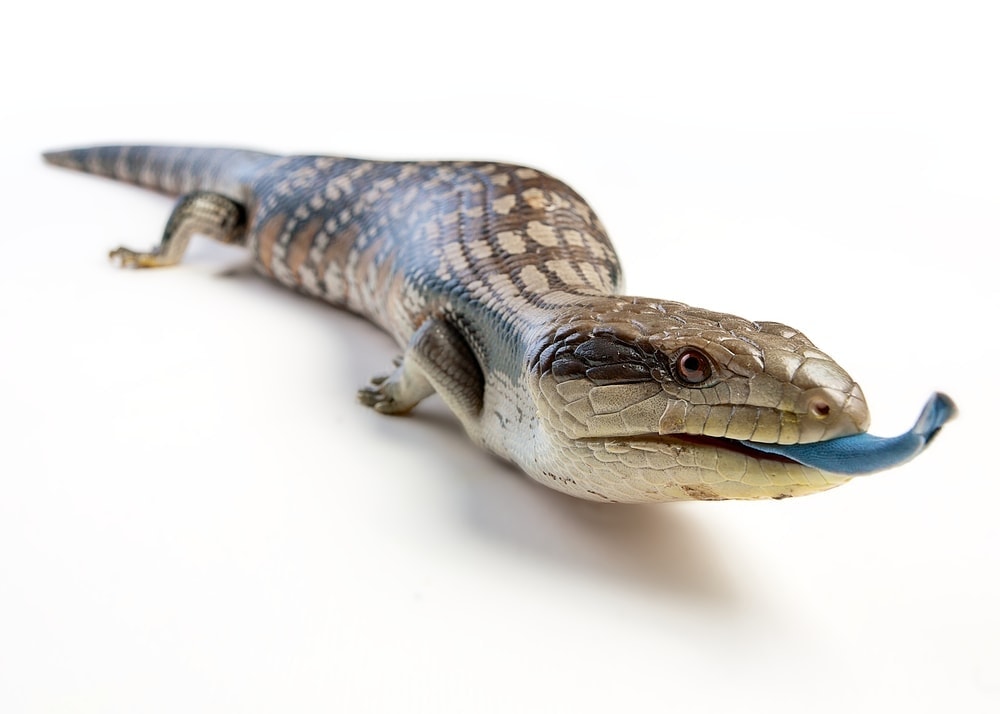Ever thought of adopting a green and slender alligator lizard?
Abronia arboreal alligator lizards are great for intermediate and expert care keepers. These guys are slow movers and come in stunning shades.
They are not commonly found in the pet market. Most of them are usually caught in the wild. A rare gem indeed!
Abronia arboreal alligator lizards are mostly found in the central American regions of Guatemala and Mexico. In their natural habitat, the locals consider these reptiles as venomous.
This is mainly because these lizards defend themselves using painful bites while in the wild. However, they are entirely harmless. They thrive in higher elevations ranging from 4000 – 8000 ft.
They have commonly seen around pine and oak scrub forest areas. Higher altitudes have greater temperature variance during the day and night. It is an essential factor for captive husbandry.
Alligator Lizard’s Size & Lifespan
Abronia species grows up to 12 inches in length, measuring from the tail tip to the long nose. More than half the body length consists of the tail. When compared with males, females are much shorter in length and have a broad body shape.
With the right amount of care and attention, these lizards will accompany you for around 15 years.
Appearance
In the wild, they are mostly bright greenish-yellow around their bellies and eyes. While in captivity, the shade slightly seems to change from greenish-yellow to a teal and white color. The change in color is due to the variation in the light spectrum and diet. The quality of UV bulbs vs sunlight plays a significant role.
Large scales in rows that look like black specs or lines are visible down their body. Young ones have shades with a copper base that blend well with moss or branches of trees. Also, this species shed their skin completely.
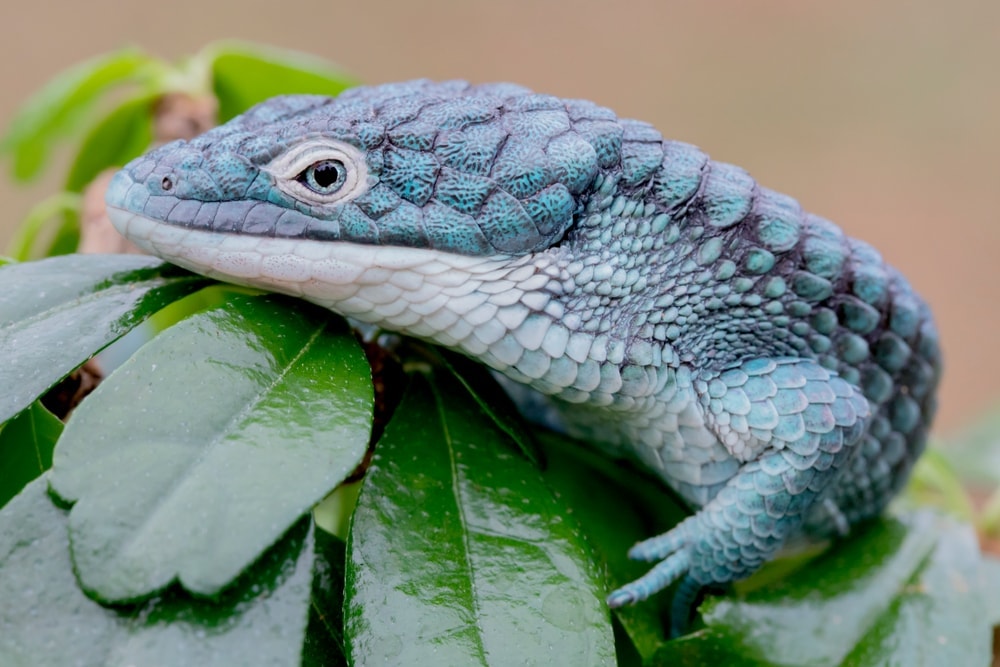
Alligator Lizard Care Guide
1. Housing
All screened cages are an excellent option for the captive breeding of Abronia. Make sure that the enclosure gets natural sunlight and has sufficient ventilation. For adults reptiles, you need a cage of 20” width, 30” height, and 20” length. As they prefer to dwell in height, they provide more height than ground space.
It’s advisable to keep the adult males in separate enclosures. Or else to establish territories and superiority, they may end up in fights. When overcrowded, the young ones also fight. It is mainly based on their disposition and personality that keeps varying.
2. Substrate
Place numerous branches of different sizes for them to climb. Also, keep soft and moss substrates, as they keep burrowing inside them. You can layer the ground with few inches of cocoa fiber.
Top it off with the deep sphagnum moss. This ensures a high level of humidity within the cage. Foliages are a great spot for abronias to hide in. You will find that they love curling inside balls of moss and plants to sleep during night time.

3. Temperature and Lighting
Abronia reptiles do not fair well in extremely hot conditions. The higher altitudes from where they formerly come from hardly go beyond 90°. They have the capability to withstand colder temperatures. For a short time frame, they can bear temperatures as low as 40°. During this time, their feeding and activities decrease.
During winters, maintain a basking temperature of 72°. Keep the temperatures at 68° during the daytime and at a low of 54° during the night. As for the summer season, increase the basking spot temperature up to 90°. Maintain the temperature at 86° throughout the day and at night keep it at 80°. It’s advisable not to go over 90° for an extended period. These reptiles are heat sensitive, so you need to pay more attention during the summer season.
Make sure the cage consists of a full spectrum lighting with UVB rays. Avoid using heat lights or spotlights for these creatures as the extreme heat can turn fatal. Permitting them to thermoregulate is the best way to take care of them. However, make sure that the lightings used are minimal to avoid uncomfortable heat levels.
If the weather is favorable, you can place the cage outdoors for natural suns rays. Provide shady spots for them to relax from direct sunlight. Cork bark slabs or broad leafy plants are great options. With zero shade, they may die out in full sun.
4. Alligator Lizard Food
In warm temperatures, these creatures are voracious eaters. During summers, they consume 3 – 4 prey items up to 3 times weekly.
Any plans for breeding them? Then offer females adults with food items that are rich in vitamin supplements. They usually stop consumption for about a month before they give birth. Once the birthing process is over, they get back to a strong feeding response. This has to be strongly encouraged as they have to regain their weight and strength.
They usually feed on a variety of insects. Their favorite choices include grasshoppers and black diurnal crickets. Other options are hornworms, mealworms, spiders, snails, small roaches, moths, and stick flies. Feel free to feed them using tweezers or your own hands. This is the best way to attend to sick or weak lizards.
Remember to give appropriately sized preys. Also, do not leave them overnight in the tank if not consumed. Keep an eye on them while feeding to prevent any fights. Dust the food items using calcium with D3 and vitamins weekly. Make it twice during the breeding seasons for females.
5. Water
Water bowls are not essential, but you can keep them to maintain the humidity levels and moisture content. Remember to change them regularly to avoid fungal or bacterial growth.
Mist the lizards heavily at least two times in a day. See to it that you water all the live plants in the enclosure and keep the leaves and branches moist. Also, wet the moss and the glass screens of the cage with water droplets.
Even though precipitation and humidity are essential, you need sufficient ventilation for drying out the cage. This is because these reptiles are not semiaquatic or swamp dwellers.
6. Breeding the Alligator Lizard
Abronia lizards Become sexually mature and start breeding by two years of age. Hence it’s advisable to keep the female adults away from the opposite sex till they reach full maturity.
Breeding usually takes place from September to December. In general, the gestation period lasts up to 6 – 8 months. The young ones arrive as early as March till July. Females give birth once a year. The clutch sizes may vary. Each litter consists of 7-14 eggs.
Now you have all the information required for taking care of these green lizards. So why wait! Go ahead and get one home. Also, share your personal experiences with us.
